MIT Lincoln Laboratory Series
Lincoln Laboratory, in partnership with MIT Press, established the MIT Lincoln Laboratory Series to publish books on the Laboratory's fundamental R&D in advanced technology. Authored by Lincoln Laboratory experts and, on occasion, distinguished collaborators, the books cover areas in which the Laboratory has made significant contributions and are comprehensive resources for practicing engineers, researchers, educators, and university students.
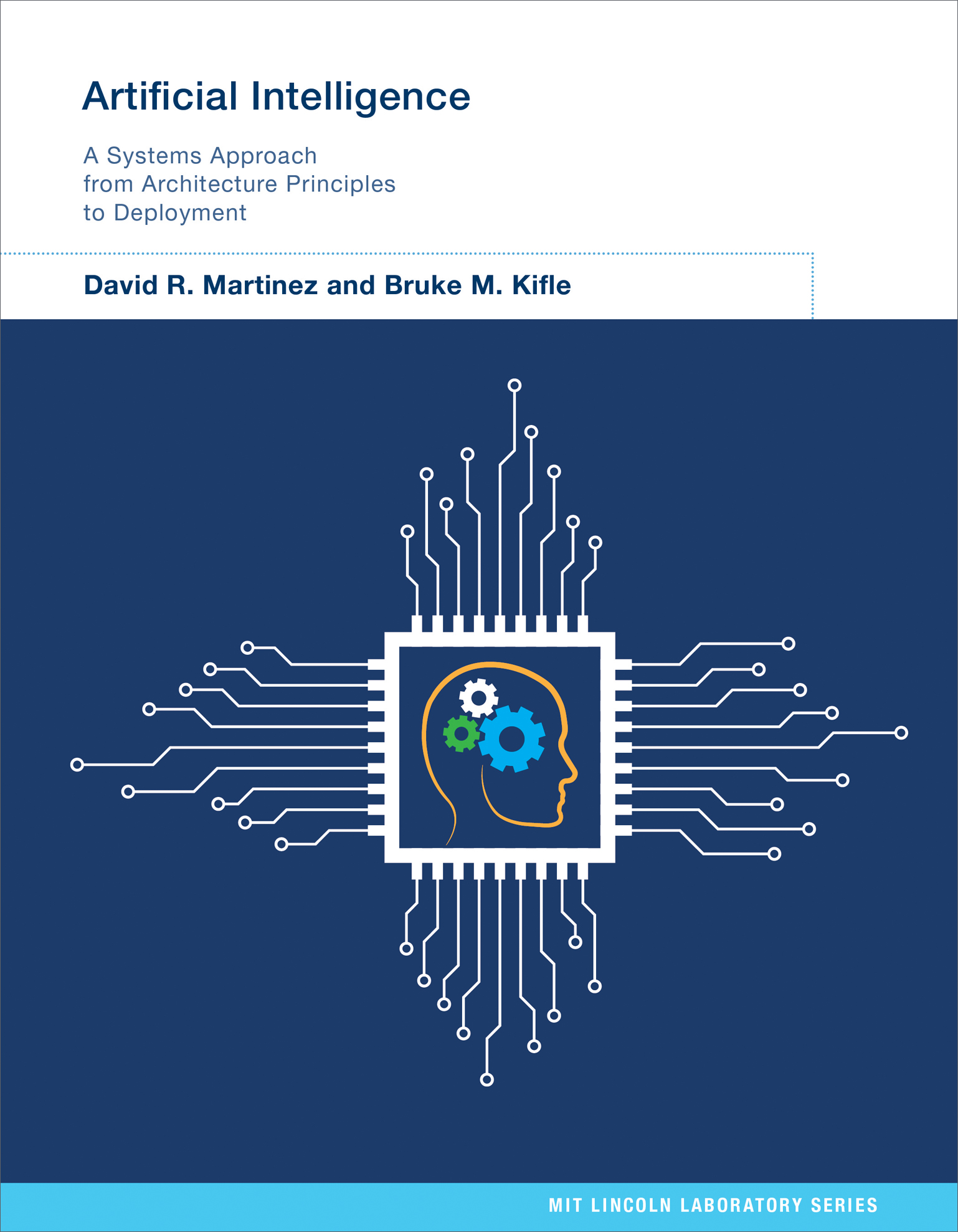
Artificial Intelligence: A Systems Approach from Architecture Principles to Deployment
David R. Martinez and Bruke M. Kifle, 2024
Most books on artificial intelligence (AI) focus on a single functional building block, such as machine learning or human-machine teaming. Artificial Intelligence takes a more holistic approach, addressing AI from the view of systems engineering. The book centers on the people-process-technology triad that is critical to successful development of AI products and services. Development starts with an AI design, based on the AI system architecture, and culminates with successful deployment of the AI capabilities.
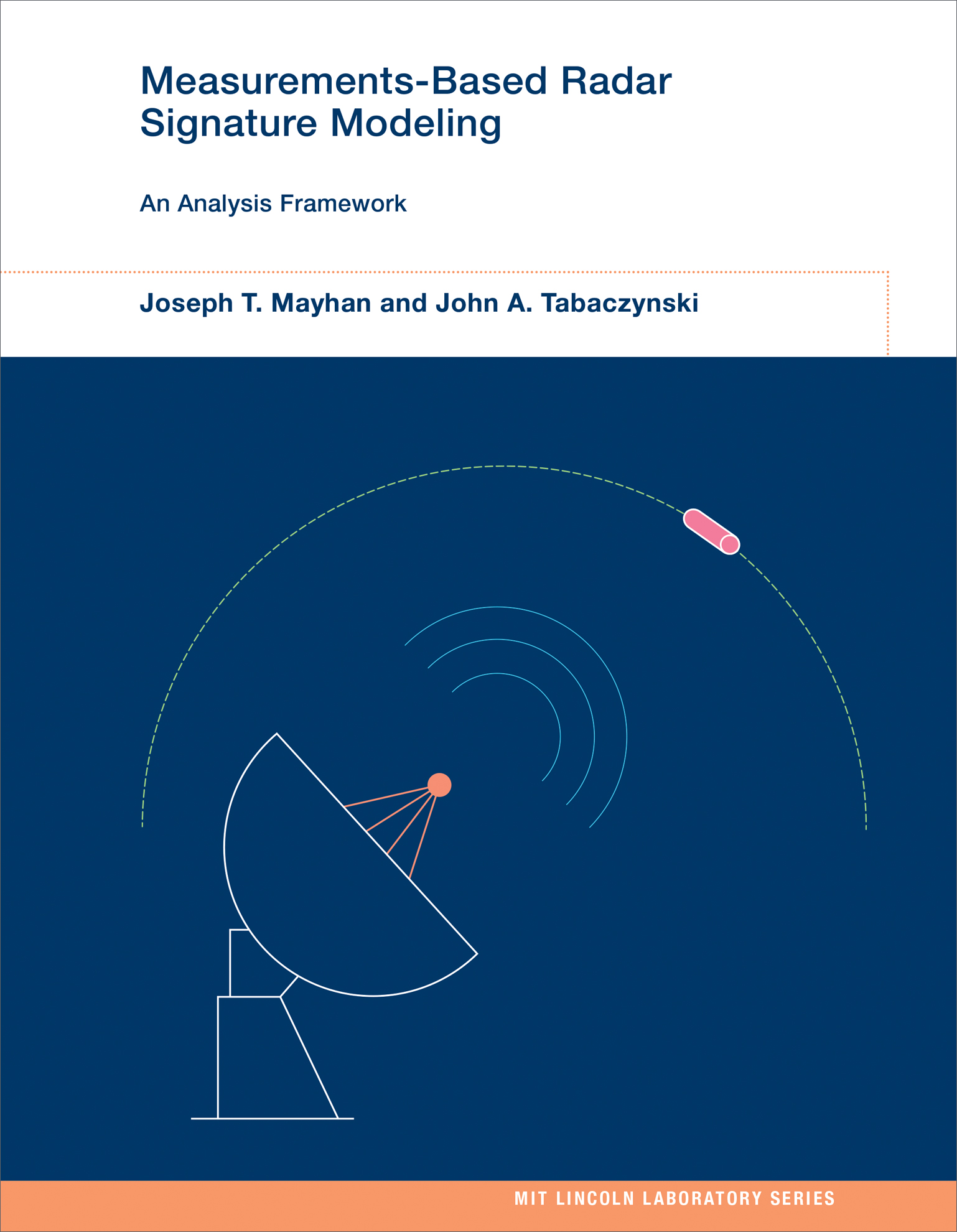
Measurements-Based Radar Signature Modeling: An Analysis Framework
Joseph T. Mayhan and John A. Tabaczynski, 2024
This high-level text synthesizes diverse research areas for characterizing objects (targets) from radar data and establishes a novel analysis framework for a class of signal processing techniques useful for high-resolution radar signature modeling. The analysis techniques developed in the text provide the framework for a novel approach, called measurements-based modeling (MBM), to model target signatures by incorporating measurement data into the signature model of the target. Extensive examples throughout compare the performance of the new techniques with that of conventional analysis techniques.
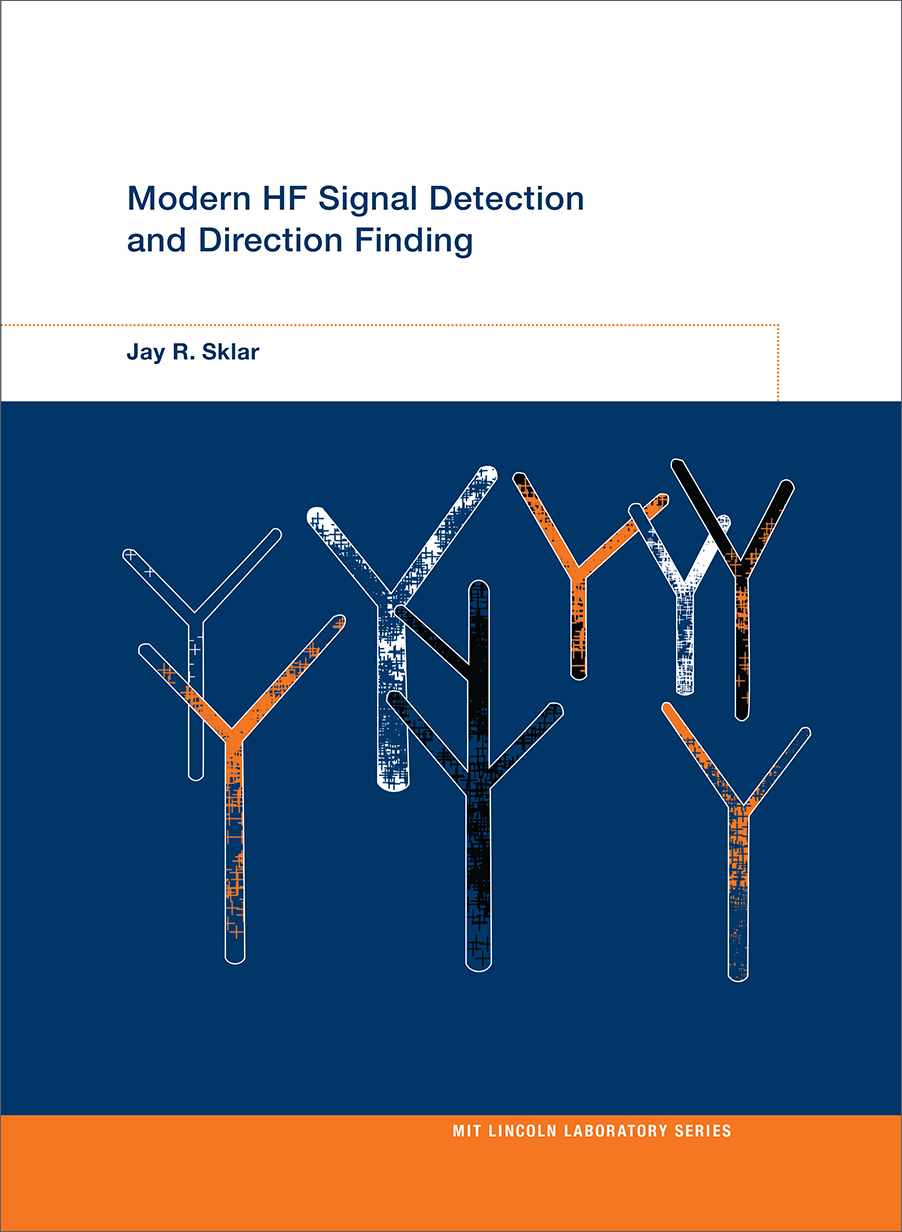
Modern HF Signal Detection and Direction Finding
Jay R. Sklar, 2018
This book offers practicing engineers a comprehensive reference that supports the application of detection, direction-finding, and signal-estimation methods to high-frequency (HF) communication systems. Author Jay Sklar shares knowledge gained from 30 years of work at Lincoln Laboratory on the application of adaptive antenna array technologies to the sensing of HF communication signals. He provides an overview of HF propagation phenomenology, communication signal formats, and HF receiver architectures, and discusses signal processing techniques for detection and direction finding.
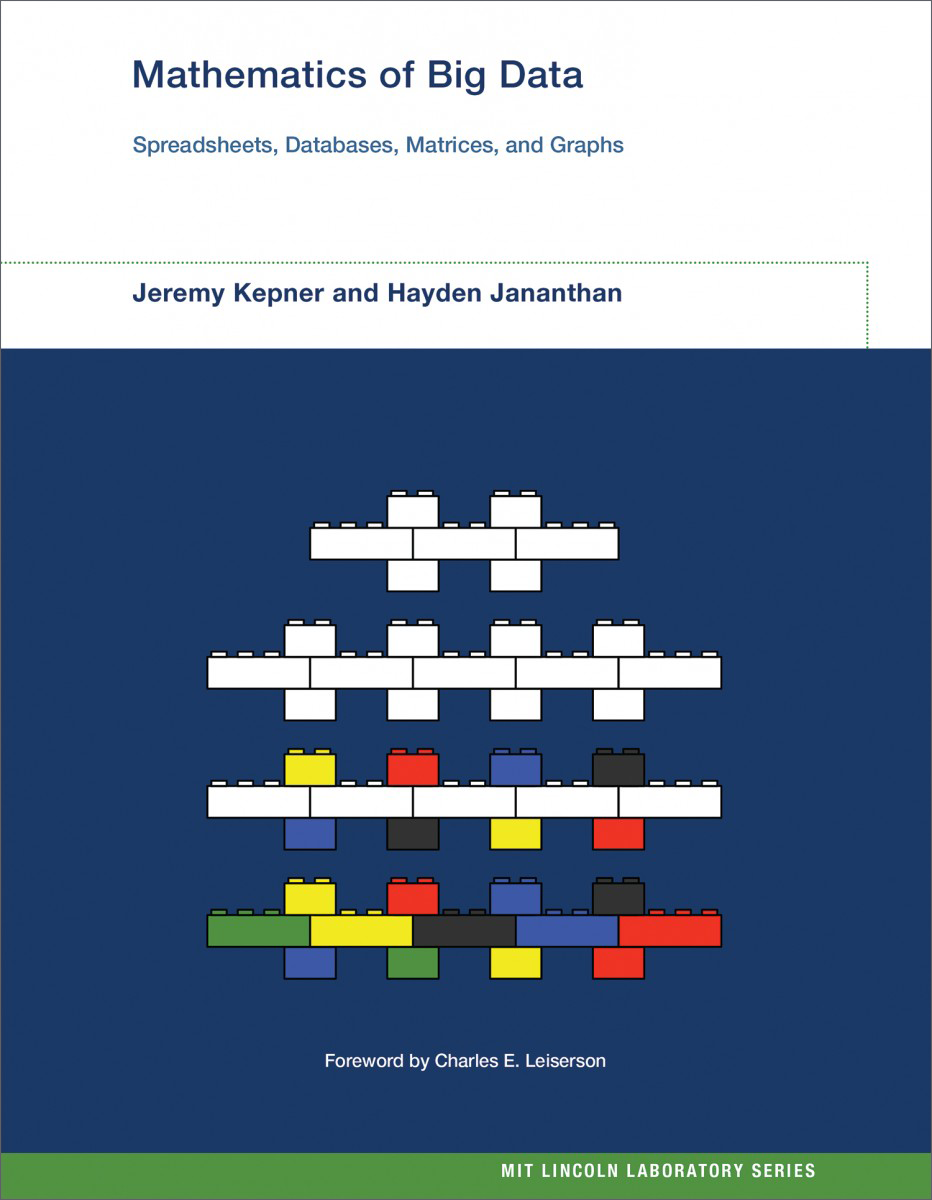
Mathematics of Big Data: Spreadsheets, Databases, Matrices, and Graphs
Jeremy Kepner and Hayden Jananthan, 2018
Mathematics of Big Data is the first book to examine the common mathematical foundations of big data analysis. Because the volume, velocity, and variety of data are growing at a rate beyond our capacity to effectively analyze the data, the tools — such as spreadsheets, databases, matrices, and graphs — developed to address this challenge need to store and operate on data as whole sets rather than as individual elements. This book presents the use of associative arrays to unify and simplify data, allowing analysts to leverage mathematical similarities of data sets to solve the hardest big data problems.
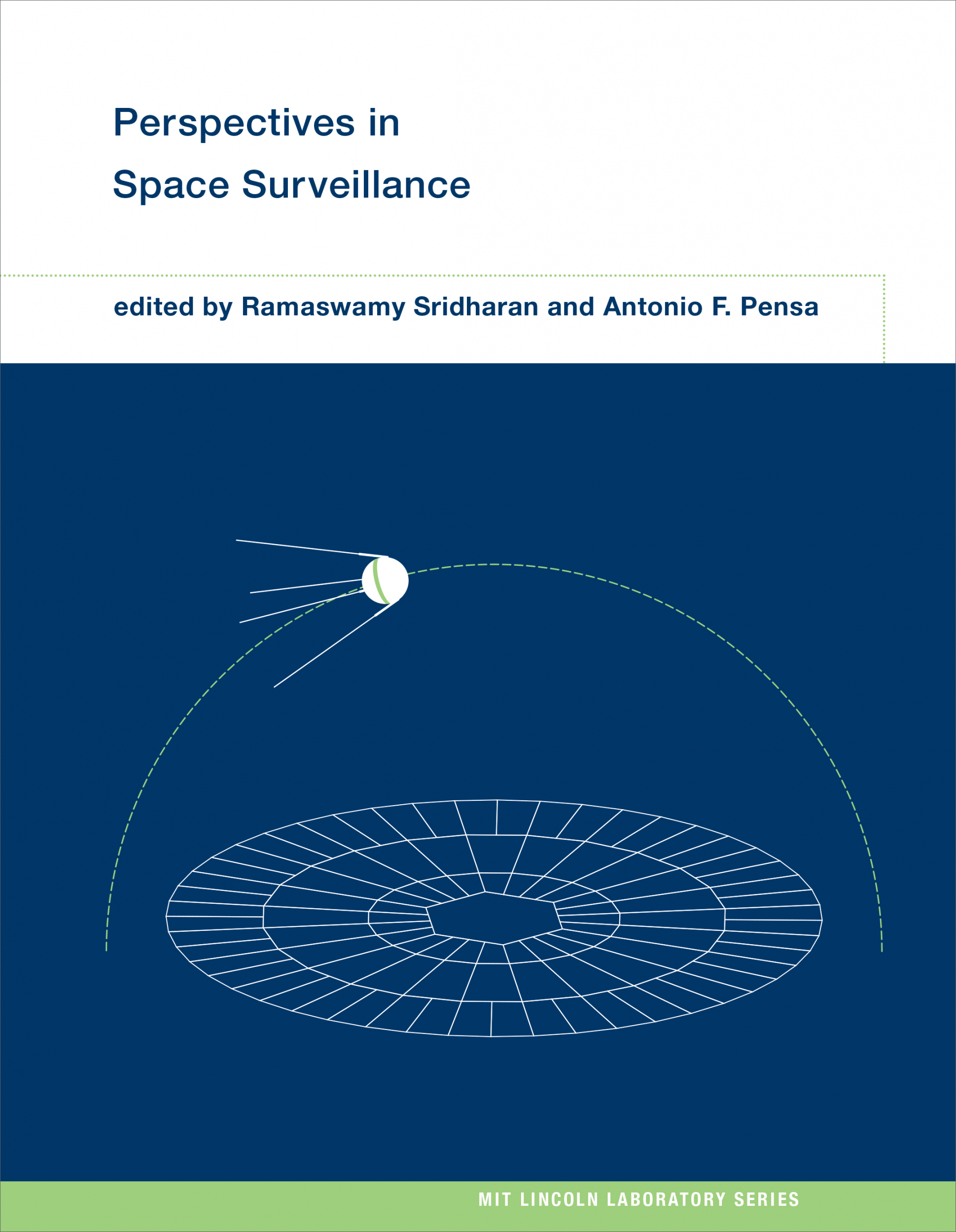
Perspectives in Space Surveillance
Ramaswamy Sridharan and Antonio F. Pensa, with Richard I. Abbot, E.M. Gaposchkin, Israel Kupiec, Richard Lambour, Eugene Rork, Jayant Sharma, Craig Solodyna, Joseph Scott Stuart, and George Zollinger, 2017
Perspectives in Space Surveillance provides an overview of R&D Lincoln Laboratory began in the 1970s to enable the detection and tracking of the growing array of man-made resident space objects (RSOs) in deep space. The authors of "Perspectives in Space Surveillance" are all key participants in efforts to develop space surveillance technologies that allow the nation to detect, observe, and catalog RSOs.
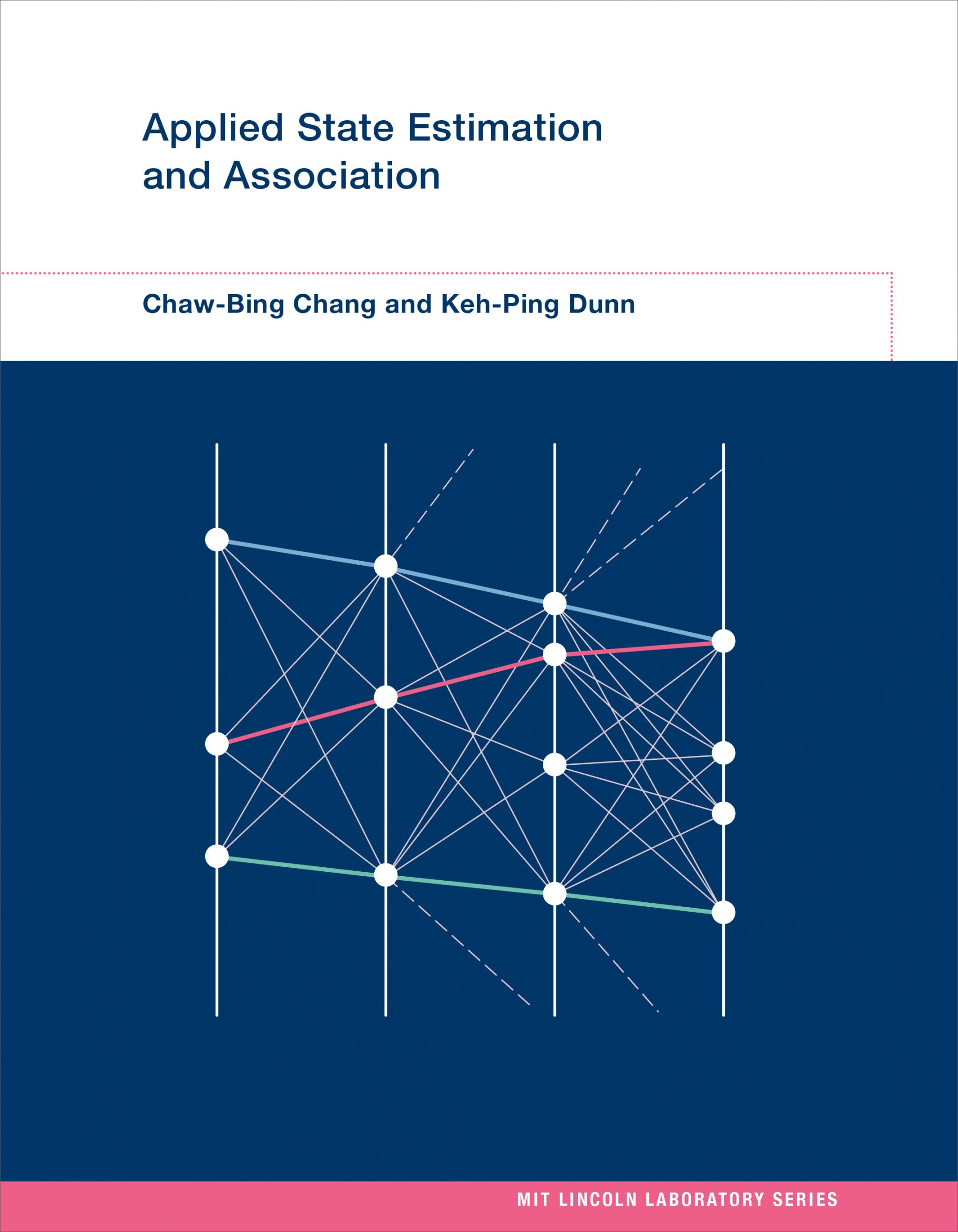
Applied State Estimation and Association
Chaw-Bing Chang and Keh-Ping Dunn, 2016
Applied State Estimation and Association is a comprehensive text on the theory and application of state estimation and association. Practicing engineers in aerospace, electronics, and defense industries will find the book a valuable reference to inform work in signal processing, tracking, and navigation. The book can also be used in a first-year graduate course in control systems engineering.
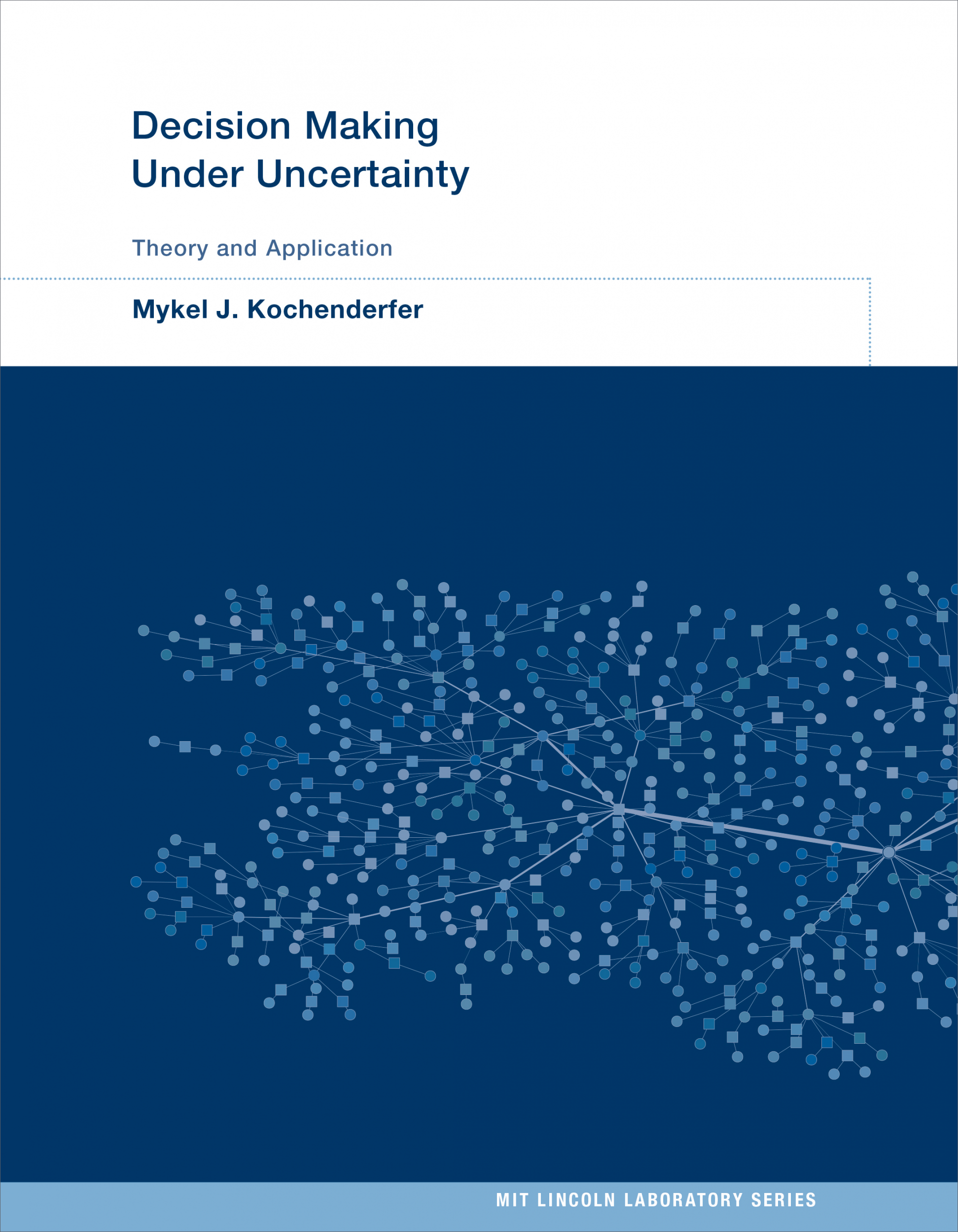
Decision Making Under Uncertainty
Mykel J. Kochenderfer, with Christopher Amato, Girish Chowdhary, Jonathan P. How, Hayley J. Davison Reynolds, Jason R. Thornton, Pedro A. Torres-Carrasquillo, N. Kemal Üre, and John Vian, 2015
Decision Making Under Uncertainty is an introduction to the development of automated decision support systems that provide quantitatively determined recommendations to decision makers who weigh solutions to problems, such as wildfire responses or aircraft collision avoidance, that are complicated by imperfect data and uncertain outcomes. The first part of the book covers the foundations of probabilistic models and decision theory. In later chapters, authors from a cross section of fields discuss how the models and theory were applied to real-world challenges.
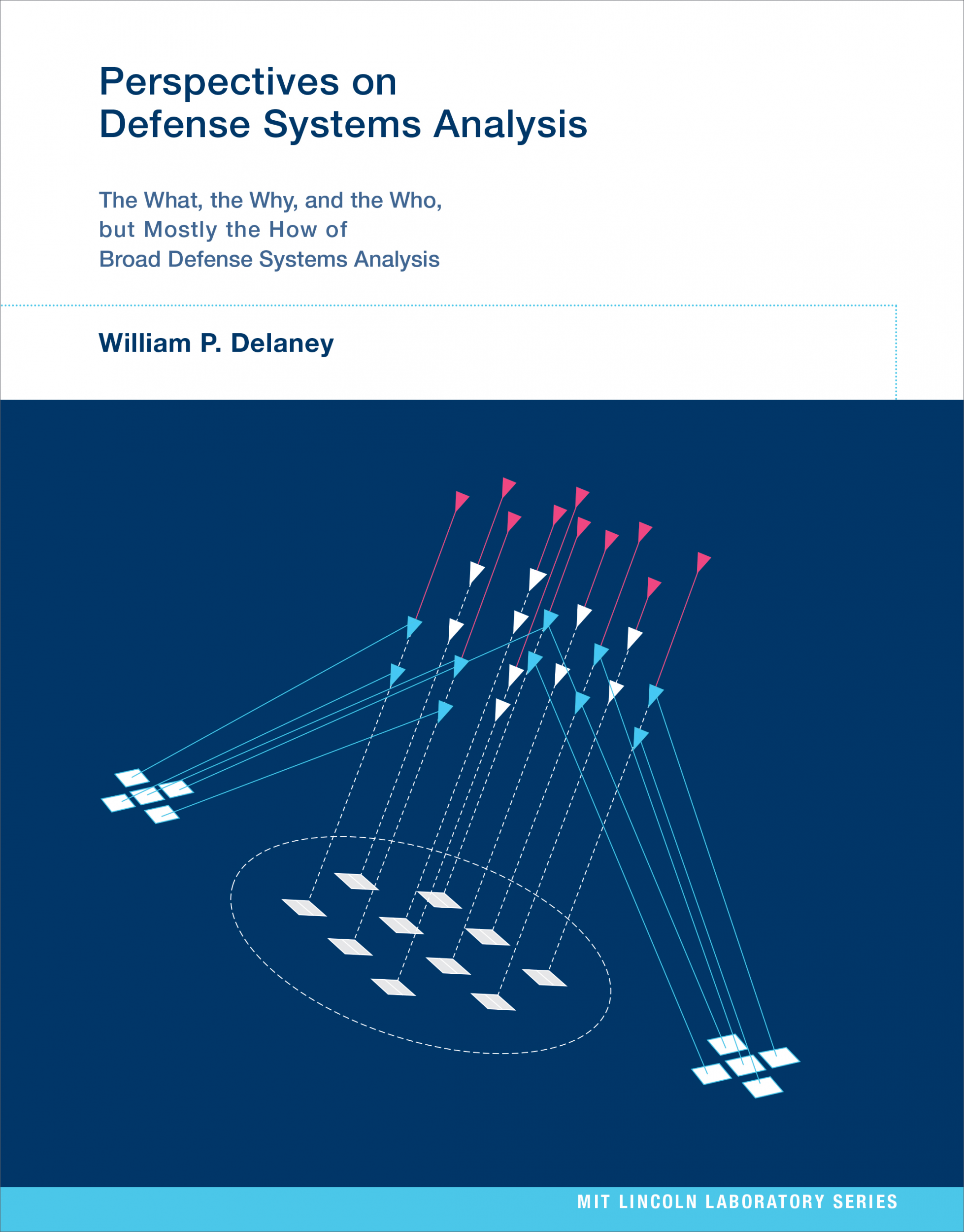
Perspectives on Defense Systems Analysis:
The What, the Why, and the Who, But Mostly the How of Broad Defense Systems Analysis
William P. Delaney, with Robert G. Atkins, Alan D. Bernard, Don M. Boroson, David J. Ebel, Aryeh Feder, Jack G. Fleischman, Michael P. Shatz, Robert Stein, and Stephen D. Weiner, 2015
In Perspectives on Defense Systems Analysis, the authors share their accounts of experiences leading or participating in dozens of studies analyzing defense systems for the U.S. government. Through these experts' narratives of varied systems analysis initiatives, a description emerges of an overarching process for examining complex scientific, engineering, and technological problems. The critical stages of this process are a road map for newcomers to systems analysis.
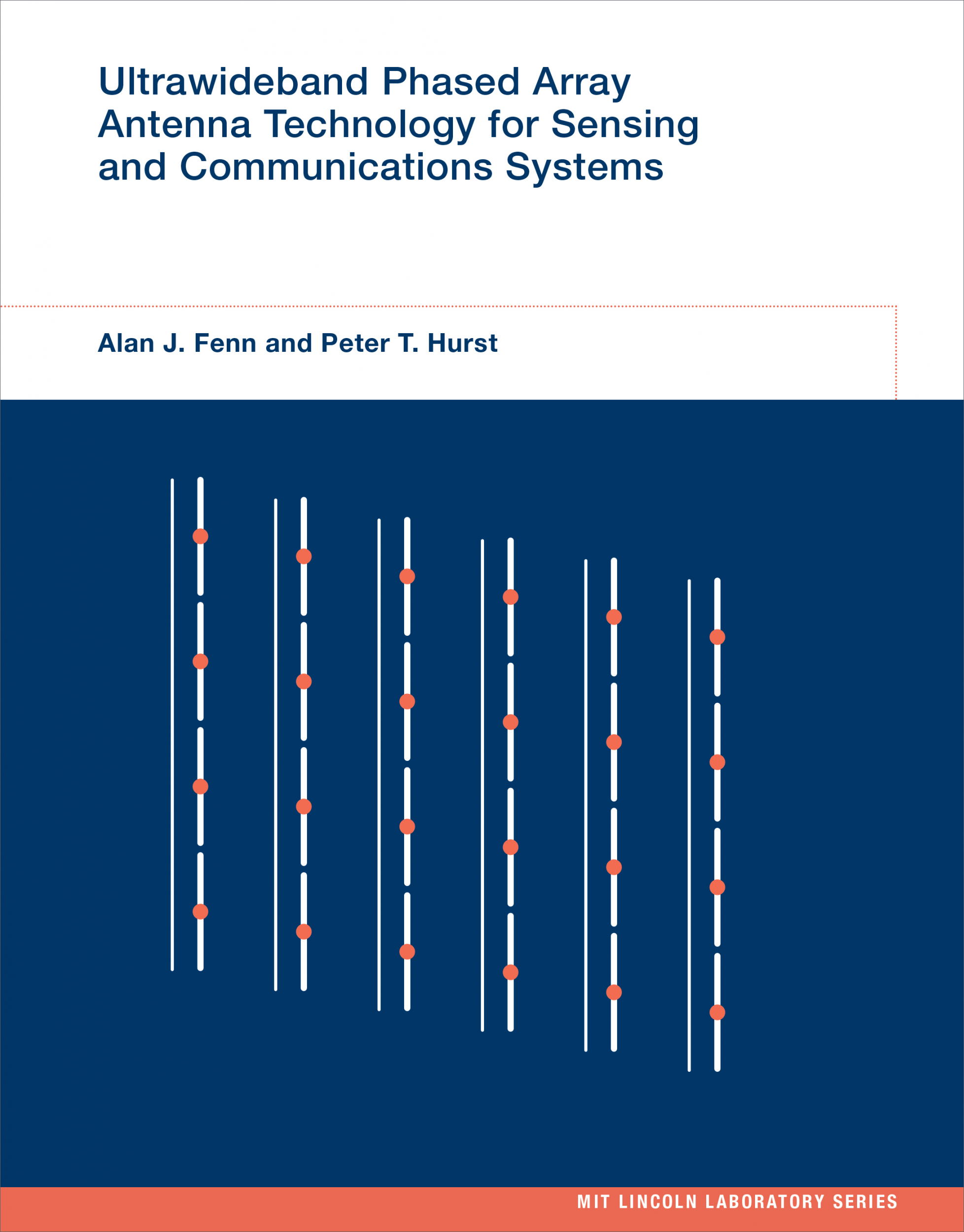
Ultrawideband Phased Array Antenna Technology for Sensing and Communications Systems
Alan J. Fenn and Peter T. Hurst, 2015
Ultrawideband Phased Array Antenna Technology for Sensing and Communications Systems is a timely resource both for practicing antenna, radar, and communications engineers and for graduate students and researchers in electrical engineering. The authors begin this textbook with a review of the fundamentals of electromagnetic theory, antennas, and phased arrays. This background is then applied to the design of practical ultrawideband antenna arrays, using illustrative examples of arrays that enable ground-based and airborne sensing and communications systems.